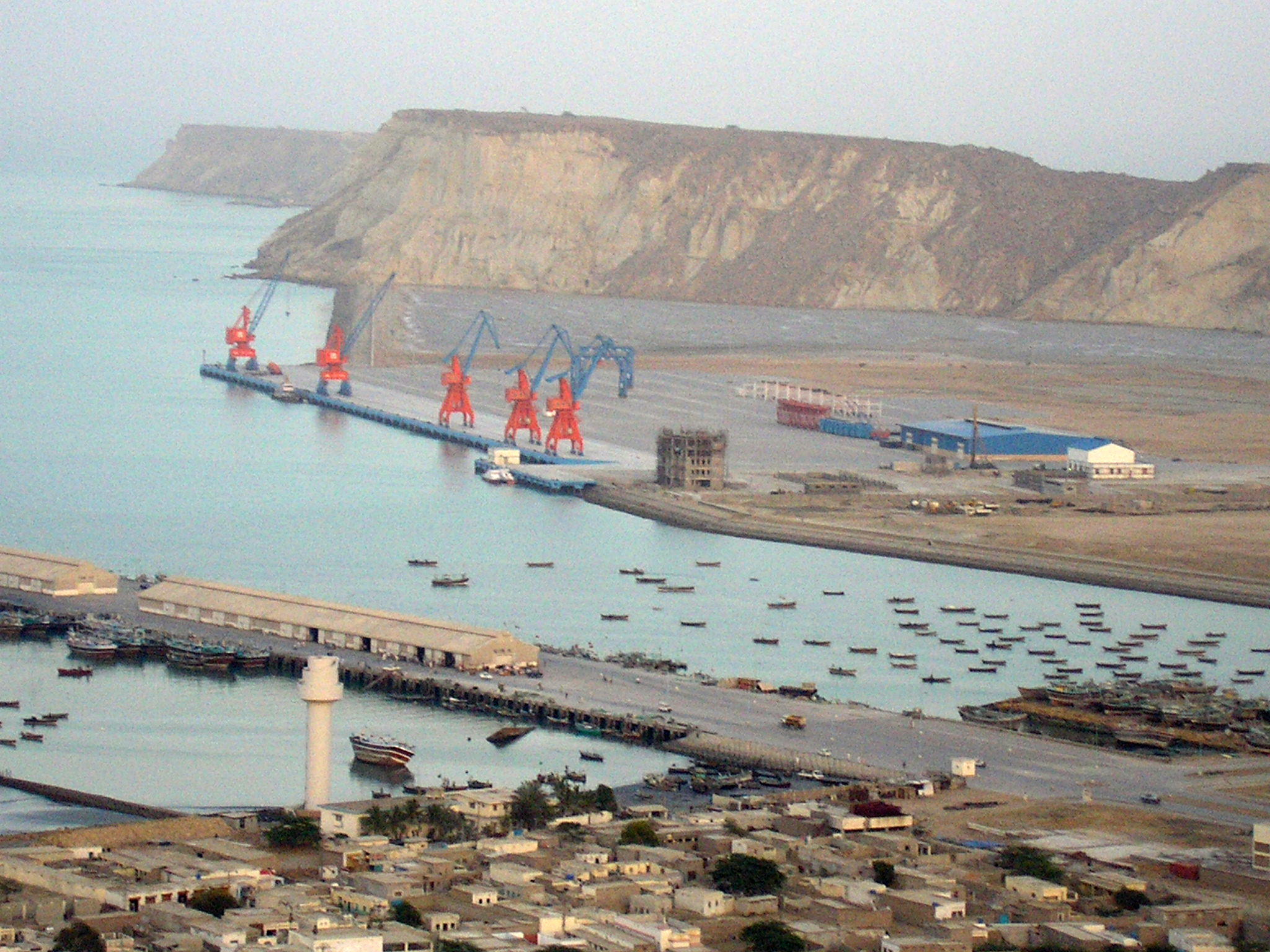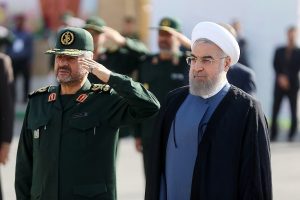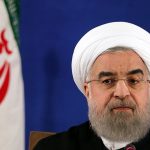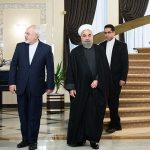by Fatemeh Aman
The agreement between Iran and world powers may be making Iran’s Arab neighbors nervous, but for South Asian countries with energy worries, it has come as a relief. The lifting of sanctions on Iran could mean economic growth, improved security, and increased cooperation region-wide. It could be a transforming factor in a region with deep-seated political, economic, and environmental problems.
In recent decades, various foreign sanctions on Iran have pushed it closer to key South Asian countries: India, which is Iran’s powerful economic partner; Pakistan, whose volatile Balochistan region borders Iran; and Afghanistan, in which Iran has invested heavily and helped reconstruct. At times, Iran has even aided Afghan insurgents in their fight against Tehran’s foe, the United States.
Despite close Iran-Afghan relations, many differences exist. One major source of dispute concerns the Helmand (Hirmand in Farsi) river basin. Afghanistan has a 1973 water treaty with Iran over the Hirmand River but frequent drought and lack of rainfall has exacerbated disputes over Hirmand’s share of water. Iranians have in the past blamed the United States for preventing Afghanistan from abiding by the 1973 agreement.
President Mohammad Ashraf Ghani in his April 2015 visit to Iran pointed out the need to form a team of experts from both countries to build a plan for the “urgent measures that both countries need to take to prevent further destruction of Hamoon wetland.” He said that Afghanistan has been heavily affected by climate change, so “it’s ready to cooperate on reviving wetlands and preserving the environment.”
Afghans have expressed optimism about the prospect of the nuclear agreement and what they view as the positive impact it will have on Afghanistan. Meanwhile, Iran’s ambassador to Afghanistan, Mohammad Reza Bahrami, said the deal will expand economic development, which in turn will improve security.
Reviving Stalled Projects
In May 2015, India and Iran signed an $85 million deal for India to lease two existing berths at the port of Chabahar in southeast Iran and use them as multi-purpose cargo terminals. The two countries agreed to develop Chabahar on the Gulf of Oman in 2003, but the project didn’t move forward due to the sanctions over Iran’s nuclear program. Now that sanctions are about to be lifted, Iran finds itself in a “golden time” with India.
Only a few days before the historic nuclear deal between Iran and the West was signed, Iranian President Hasan Rouhani asked India to assume a bigger role in his country and invest in infrastructure projects worth $8 billion. This is while—according to Siavash Rezvani, director general of Sistan-Balochistan province’s Ports and Maritime Organization—Indian investors are on their way to Chabahar. India’s Chabahar project is geopolitically very important since it can link the Middle East, Asia, Central Asia, and Afghanistan. It has the potential to create a new dynamic that can transform South Asia. As a landlocked country, Afghanistan stands to benefit the most from new links to the Middle East and Europe.
Both Iran and Pakistan are hoping that the long-delayed so-called Peace Pipeline project can now be revived, after numerous delays due to sanctions. The pipeline originates in the South Pars gas field in Iran’s southern city of Asalouyeh and reaches the Pakistani cities of Gwadar and Nawabshah. The 900-kilometer share of the pipeline on Iranian soil has been completed and is waiting for the 700-kilometer Pakistani side of the pipeline to be built. An Iranian delegation recently traveled to Pakistan to discuss completion of the pipeline and express hopes that the lifting of sanctions will encourage Pakistan to meet its commitments to address its energy needs.
Another pipeline, once completed, would bring Afghanistan lucrative transit fees. The $7.5 billion project known as TAPI is a 1,700-kilometer natural gas pipeline that brings natural gas from Turkmenistan, home of the world’s fourth largest reserves of natural gas, through Afghanistan to Pakistan and India. The project has to overcome many hurdles, including funds and security, since it is meant to wind through 735 kilometers of southern and western Afghanistan and Pakistan’s southwestern Balochistan province. Indian Prime Minister Narendra Modi in his July 2015 trip to Turkmenistan called the TAPI project a “key pillar” of economic engagement between India and Turkmenistan. Modi, however, also pointed to a land-sea route through Iran that’s being considered.
Gwadar Project
India is eager to get involved in the Chabahar project, which was also delayed by sanctions. The $46 billion Pakistan-China Gwadar project may have been a driving factor for India to complete Chabahar project. Even though the volume of the Chabahar project is currently a fraction of Gwadar ($85 million), it has the potential to become a multi-billion-dollar deal. The China Pakistan Economic Corridor (CPEC) will connect Gwadar to the rest of Pakistan, including the most unstable provinces, and would involve major infrastructure work.
Developing the Gwadar project would serve the entire South Asia region. Most importantly, the project is expected to improve the security situation of the region. Improving the security of Pakistan’s Balochistan will directly benefit Iran, Afghanistan, and India.
Security and political stability are critically important for such an expensive and strategic project. The historic nuclear accord is expected to align perfectly with the interests of South Asian countries and, consequently, enhance cooperation. The economic consequences of the deal can help Afghanistan become a corridor to link Asia and Europe.
Although India is developing the Chabahar project and China is developing the Gwadar project, the two ports will not be in competition. Chabahar will remain important for Persian Gulf countries and Central Asia. Iran’s possible cooperation in Gwadar (since the TAPI pipeline will flow to Gwadar) will expand trade between the two countries.
South Asia is a very complicated and divided region, yet the countries there have vital common interests that outweigh their rivalries. The expansion of Pakistan’s connections with Central Asia does not necessarily threaten India. China has common interests and trade relations with Iran, Pakistan, India, and Afghanistan. A Chinese delegation is now negotiating with India about filling what is called the trade vacuum. The Gwadar project will benefit all the countries in the region including India. The most important outcome of cooperation will be security improvements in the region.
In a volatile region such as South Asia, economic development is not only about improving people’s lives, it’s also a means of enhancing security. In this regard, the nuclear deal can further increase the security in the region by creating enormous economic opportunities for the countries. Although its future behavior can’t be predicted with any certainty, an Iran that is heavily engaged with the West and its neighbors is more likely to think twice before jeopardizing such opportunities by departing from the terms of the nuclear deal.
Photo: Gwadar port






Great article. Economic prosperity is the best antidote to destabilization and terrorism.
What are the implications for the evolution of international business law?